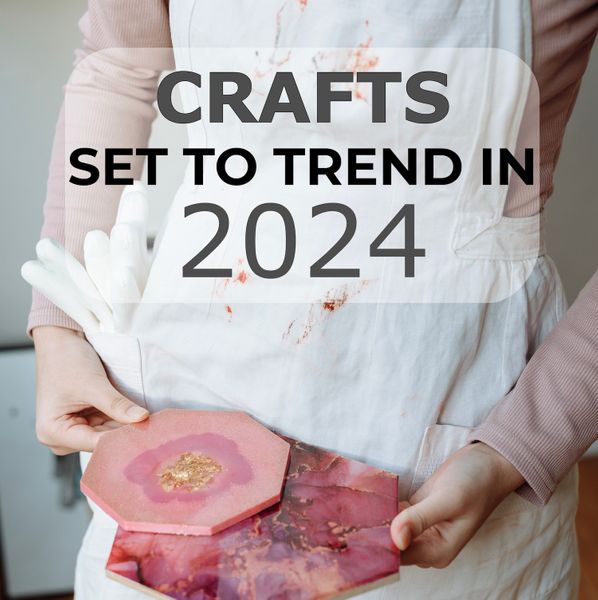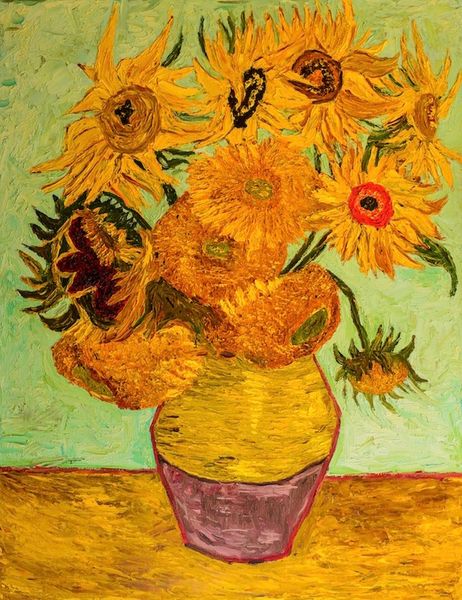
Have you heard of metal clay?
You may have seen it featured on BBCs Craft Britain, Countryfile, Escape to the Country or Kirstie Allsopp’s crafting shows, but we wanted to find out more so we spoke to metal clay artist and teacher Anna Campbell who told us why silver clay is a sustainable crafting choice. In this article she outlines 5 reasons it’s a great eco-friendly option for jewellery making:
1. It’s made from recycled silver

Silver clay is a material used for making jewellery and decorative objects. It is made from silver that is recycled from a range of sources, including waste from x-rays and the photographic industry. The silver particles are mixed with an organic binder and a bit of water and the clay comes pre-packaged ready to use. Jewellery made from the clay is still real silver, of hallmark quality, but it is just in a different form to the traditional sheet silver. And the great news is that the clay is non-toxic and you don’t need to wear gloves while working with it.
2. If you don’t like what you’ve made you squidge it up and start again!

One of the great benefits is the ability to try out a few designs without wasting the clay. You can make something then, if you are not happy with it, you can squish it up and make something new.
How is this possible? It retains moisture which means it is easy to keep supple and workable. Plus it is much easier to reconstitute if it starts drying out as you can just add a little water.
Those with arthritis or mobility issues will also find it easier to work with compared to traditional jewellery making methods - sawing, hammering and filing can be quite a physical job whereas silver clay is malleable.
3. Zero waste - you can even grind it up once it's dry

Even if you dry and finish your final piece and later decide you don't like you can still recycle it! All you need to do is grind it up into a silver clay powder, add water and work it back into its original clay form. You can do this with a mortar and pestle or I use a coffee grinder (here’s a 2-minute video showing how >). There really is zero waste with this material.
4. You don’t need a lot of expensive tools and equipment to get started

As with every hobby, there are a lot of things you could buy! But to get started you don’t need a lot of tools. Here is what I would start with:
- a work mat
- playing cards (yes really!)
- a clay roller (a piece of plastic pipe will do)
- some cutters e.g. from sugarcraft/cake decorating
- a cocktail stick
Plus, the clay needs to be fired with a torch, a creme brule / cook's blow torch will do! It’s when the dried clay is fired that the magic happens. The heat ensures the metal particles form together to make a solid piece of silver - it’s like modern alchemy! Most crafters are hoarders (or is that just me?!) and have a lot of what they need in their stash already. The other plus is that the tools needed for silver clay won’t take up a lot of space.
5. You get to make something unique, not mass-produced

As with all crafts, you get the benefit of handmaking something completely unique that is not mass-produced in high impact factories or part of a throw-away fashion culture. The clay can be personalised with rubber stamps - initials and dates are easy to do, as are fingerprints as the clay takes textures very well. It is a fun and rewarding way of making real silver jewellery at home. Check out the work of metal clay artists online to see the endless possibilities of working with this flexible material.
Anna Campbell is a jewellery artist and teacher teaching silver clay classes with the Arienas Collective in Edinburgh. She started working with silver clay as a hobby and quit her day job in 2013 in order to work full time with jewellery.
If Edinburgh is a little too far for you then take a look at other metal and silver clay classes across the UK >



